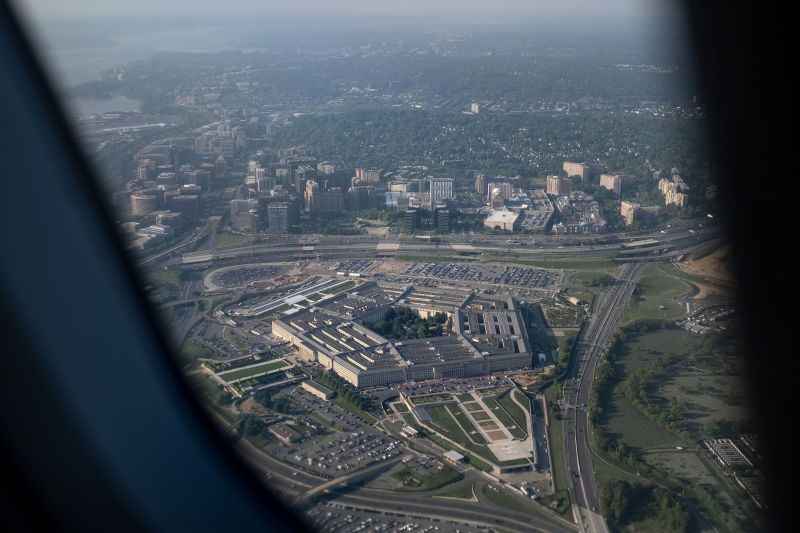The US Defense Department defended the decision to send controversial Dual-Purpose Improved Conventional Munitions (DPICMs), also known as cluster munitions, to Ukraine, citing the lower failure rates of the weapons than the Russian versions, as well as Ukraine’s commitment to "responsible use" of them.
“The Ukrainian government has offered us assurances in writing on the responsible use of DPICM’s, including that they will not use the rounds in civilian populated urban environments, and that they will record where they use these rounds, which will simplify later de-mining efforts,” said Under Secretary of Defense for Policy Colin Kahl at a press briefing.
Kahl said he discussed the issue with Ukrainian Defense Minister Oleksii Reznikov, and the US will increase its support to Ukraine’s "post-conflict de-mining efforts" on top of the $95 million already committed.
Providing cluster munitions to Ukraine will "ensure that the Ukrainian military has sufficient artillery ammunition for many months to come," Kahl added.
Kahl reiterated the US is not providing older cluster munition variants with high "dud rates."
“Many of those studies that have been referenced, at least the ones that I've seen in the press, were based on testing completed in the 1980s,” he said. “And many of the DPICMs of those variants have since been demilitarized. We're not providing those variants of DPICMs to Ukraine. Instead, we'll be providing our most modern DPICMs with dud rates assessed to be under 2.35%, demonstrated through five comprehensive tests conducted by the Department of Defense between 1998 and 2020.”
Cluster munitions are banned by more than 100 countries, not including the US and Ukraine, because they scatter “bomblets” across large areas that can fail to explode on impact and can pose a long-term risk to anyone who encounters them, similar to landmines.

